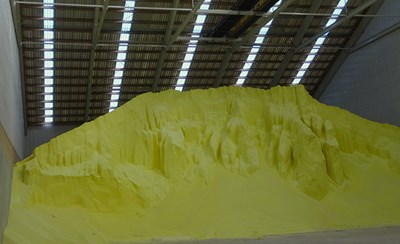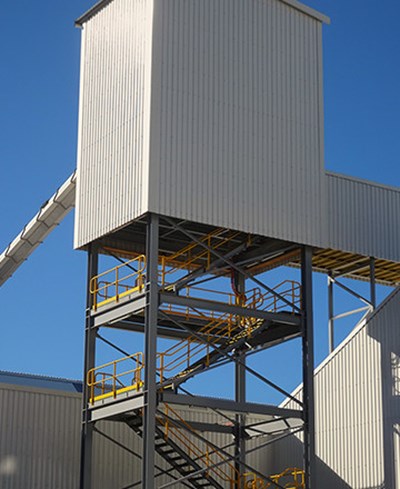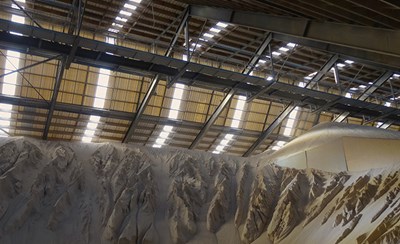Tuesday, 19 April 2016
Christchurch storm-water improvements
Storm-water management is an important part of sustainable manufacturing.
All three of our production facilities have invested in improvements. Here are the latest upgrades at our Christchurch facility.
All storm-water discharged from our Christchurch site enters the Hayton’s Retention Pond that, in turn, discharges into the upper Heathcote River.
There are set goals to improve the quality of water in the Heathcote, so that river life will return and overall river health is improved. Both business and domestic sources contribute to nitrate and phosphate levels, but we were determined to do our bit.
A year-long specialist study detailed our storm-water footprint and where we could improve. We attacked the problem of volume and quality of water running off our buildings and vehicles on multiple fronts. Funding came as a result of the earthquake rebuild and our capital investment programme ,which was also targeting systematic asbestos removal.
Targeting dust
The idea was to build storm-water improvements into to all our capital projects. Some of it was obvious like covering operational areas so all fertiliser activity remains on the inside of buildings. Others were more subtle like replacing grooved roofing where fertiliser dust could settle and recladding walls so dust didn’t escape in the first place. Enclosed conveyor belts also limit dust falling on roofs.
Recycling water
We capture and recycle more water for use in the manufacturing process but some of that water is more important to recycle than other water. Specifically, it’s more important that the “first flush” after the initial rainfall is captured as any material that has gathered on buildings and roadways tends to be washed away at that point.
Improving layout
Previously trucks would travel through the site for loading. This led to potential problems with wheel tracking as they exited particularly when it rained. Now the loading area is fully separated from the operational areas so the trucks arrive, load, and exit without having to come inside.



